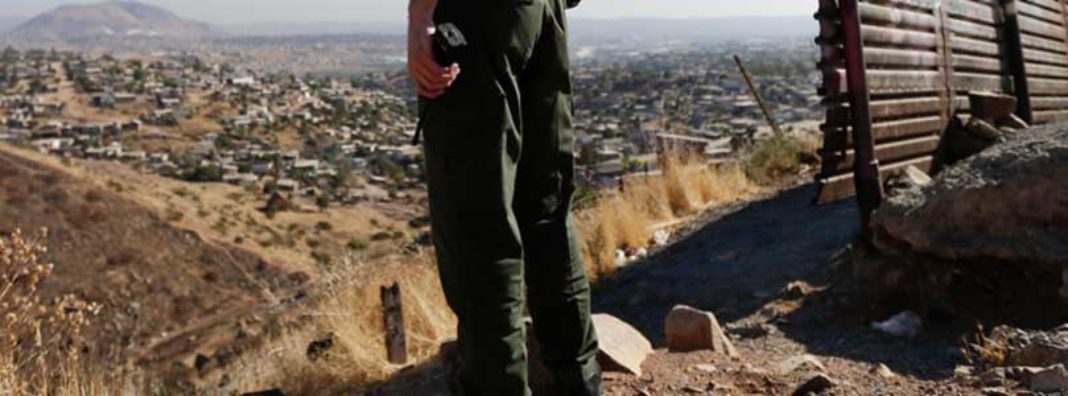
After closing for 35 days, the US government is open once again, at least until February 15. The deadlock over funding for President Trump’s border wall remains unresolved, however. The short-term nature of the funding bill that President Trump signed promises a return to the debate that shut the government down in the first place. As Congress returns to this question, a fundamental question remains: Will the wall provide the protections it is meant to?
Research suggests that border walls are expensive and ineffective. More fundamentally, the crisis at the border is primarily humanitarian. As such, lawmakers should be focused on finding solutions that protect those fleeing violence and searching for opportunity.
We don’t have many details about the people who have reached the southern border. But we do have stories like those of Ingrid Mejia and her family. Ingrid’s family left Honduras after her brother was killed by MS-13 and her children’s safety threatened. She and her family are now seeking asylum and opportunity in the United States. To prove they face real danger at home, they carried with them a box containing pictures of her slain brother and newspaper clippings about his death. Ingrid’s story, and the countless others like her, demonstrate that most of those waiting at the border are genuine asylum seekers rather than national security risks.
Indeed, the data is clear that the southern border actually attracts few suspected terrorists or criminals. While current news coverage may suggest otherwise, US Customs and Border Patrol data show that during a 6-month period in 2018 only 6 non-citizens were stopped at the southern border who had ties to terror groups. Contrast this with the 35 American citizens stopped during the same period for terrorist ties.
Security threats are worth addressing. However, like any other government policy, a border wall should be evaluated on its merits. Recent research by a team of economists from Stanford and Dartmouth shows that building the wall is likely to cost more than its projected benefits. In addition, since most illegal immigration over the last seven years comes from visa overstays, it is unlikely that building the wall will deal with the primary source of illegal immigration.
Consider the opinion of people who experience life on the border every day. Jesus Morales, for example, is a fire chief living in Naco, Arizona, which is a border town with Naco, Mexico. He points out that even though putting a wall through his city had some effect, it didn’t deter many people. Mr. Morales concludes that politicians too often demonize the border saying, “They’re just exaggerating too much.”
Moreover, when it comes to stopping illegal activity, resources would be better spent at ports of entry rather than the open segments of the border. As Vice President Pence pointed out, illegal drugs are primarily carried through legal ports of entry, not smuggled through border crossings. Actual cartel members say the same. The border’s terrain and climate create a natural wall that makes smuggling less profitable.
More importantly, we must remember the many immigrant stories like Ingrid’s. Most immigrants are not coming to the United States seeking welfare programs, but basic human safety and opportunity. Political maneuvering has made the crisis at the border sound like mainly a security issue. Yet a closer look shows that most are simply pursuing the American dream and the promise cast on a plaque inside what Emma Lazarus deemed ‘Mother of Exiles’ — the Statue of Liberty: “… Send these, the homeless, tempest-tost to me, I lift my lamp beside the golden door!”


 Real Clear Policy
Real Clear Policy